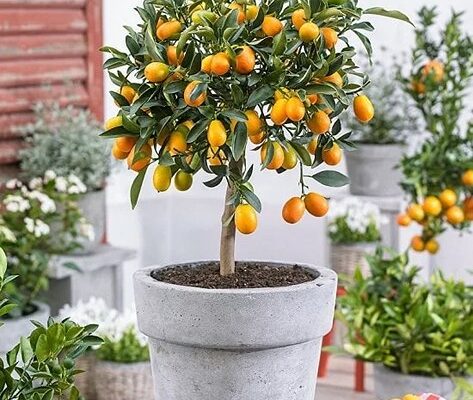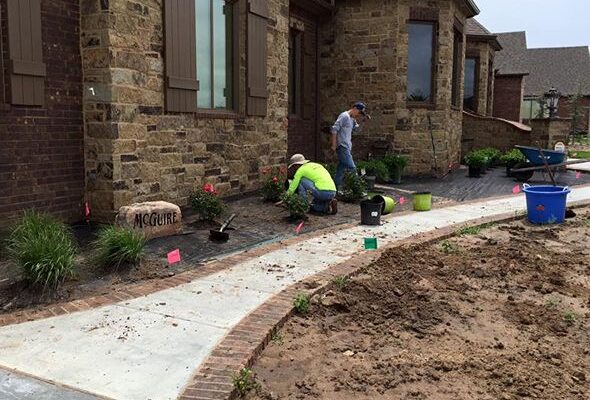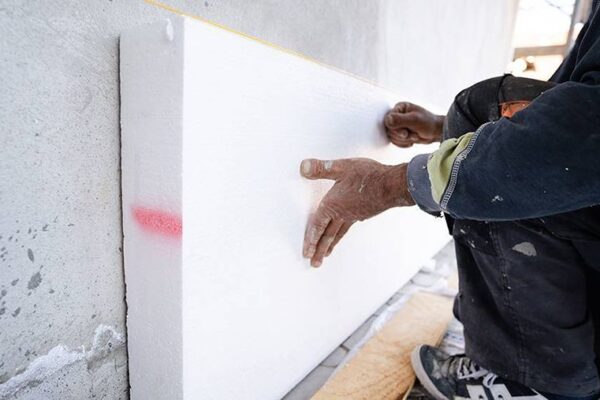How to Grow and Care for Lithodora: Fine Tips
Discover the essential techniques on how to grow and care for Lithodora, ensuring its healthy development and vibrant blooms. Lithodora, a small genus of flowering plants, is known not only by its scientific name but also by the common name of its most popular species, Lithodora diffusa. This species is a delightful, low-growing groundcover that possesses numerous desirable features for landscaping. It is particularly suitable for planting near pathways, along the edges of flower borders, and in rock gardens. Additionally, it thrives in window boxes and containers.

This resilient plant, which is recommended to be planted during the spring season, showcases an abundance of tiny, brilliantly blue, star-shaped flowers. These flowers bloom profusely from late spring through mid- or late summer, although the frequency of blooming diminishes as the season progresses. The plant has a dense growth habit, with its dark-green leaves maintaining their evergreen appearance throughout the year in warmer climates with milder winters. It typically grows to a modest height of six to ten inches, while a single plant can gradually spread between 24 to 36 inches wide. Learn the step-by-step instructions and valuable tips on how to grow and care for Lithodora, enabling you to create a thriving and stunning garden.
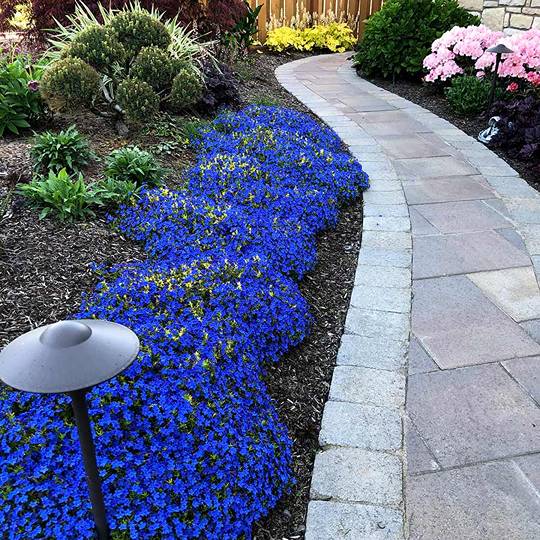
How to Grow and Care for Lithodora
Taking care of Lithodora is a straightforward task as it is an easy-to-grow plant that possesses remarkable resilience and a high resistance to diseases. This groundcover requires minimal maintenance while offering a magnificent display of flowers. Furthermore, the vibrant blooms of Lithodora attract butterflies, making it an excellent choice for inclusion in a pollinator garden.
Light
Lithodora flourishes when exposed to full sun, but it can also adapt to partial shade conditions. In hotter climates, it is advisable to provide the plant with afternoon shade. It is crucial to shield it from direct, intense sunlight and strong winds until the plants have firmly established themselves.
Soil
For optimal growth, Lithodora requires moderately rich and well-drained soil that leans towards acidity. Ideally, the soil should be sandy in texture, as the plant does not tolerate heavy clay soil well.
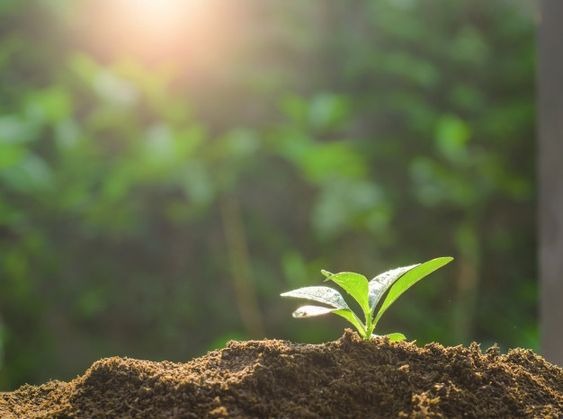
Water
To promote the development of deep roots, it is important to thoroughly water newly planted Lithodora at least once a week. Checking the moisture level is as simple as inserting your finger into the soil to ensure that it remains damp up to approximately one inch below the surface. It is essential to avoid both bone-dry and excessively soggy soil, as overwatering can lead to root rot. Aim to provide approximately one inch of water per week, which should be sufficient to meet the plant’s needs.
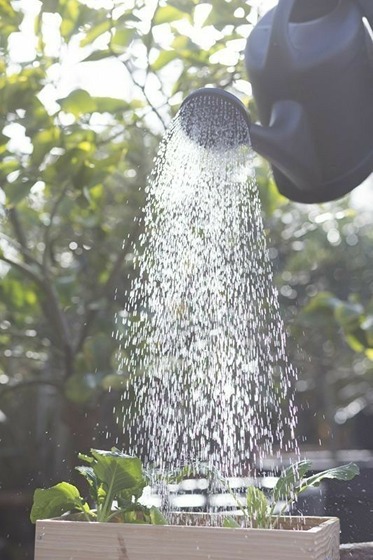
Fertilizer
In most cases, Lithodora does not require fertilization unless the leaves start exhibiting a pale green-yellow color, which could indicate a nutrient deficiency or overly alkaline soil pH. If necessary, it is recommended to use a fertilizer designed for acid-loving plants such as rhododendrons and azaleas. It is important to avoid applying granular fertilizers near the plant crown and foliage, as this can lead to fertilizer burn. Instead, opt for a diluted slow-release fertilizer for safer application.
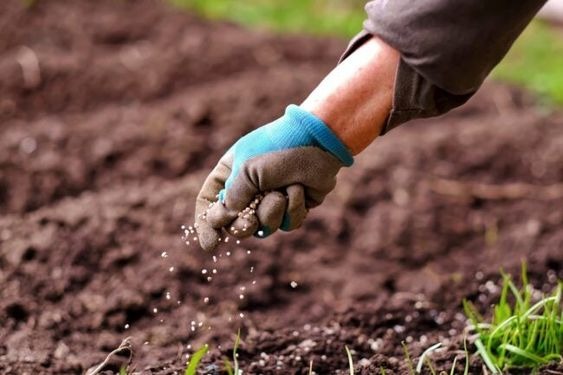
Temperature and Humidity
Although certain cultivars of Lithodora have been successfully overwintered in USDA Hardiness Zone 5, and can also thrive in zones 9 and 10, this herbaceous perennial is generally considered hardy in zones 6 through 8. It tends to struggle in extremely hot and humid conditions, so it is advisable to avoid subjecting it to such climates.
Lithodora Varieties
Lithodora presents a range of varieties, with the majority being cultivars derived from Lithodora diffusa. Some well-liked varieties include:
- Grace Ward: This sprawling groundcover variety showcases stunning deep blue flowers and can reach a height of 12 inches. It is an excellent choice for creating a visually captivating landscape.
- White Star: As a patented cultivar, ‘White Star’ features a compact growth habit, forming a mounded shape. It boasts vibrant flowers in shades of white and blue, adding a touch of elegance to any garden.
- Blue Star: With its low-growing nature, ‘Blue Star’ serves as an ideal choice for groundcover purposes. Its beautiful deep blue flowers are adorned with delicate white margins, creating an eye-catching contrast.
- Heavenly Blue: This low-growing groundcover variety stands out with its hairy grey-green leaves and striking royal-blue flowers. It adds a touch of uniqueness and beauty to any landscape it graces.
These Lithodora varieties offer a diverse range of characteristics, ensuring there is a suitable option to meet various aesthetic preferences and landscaping needs.
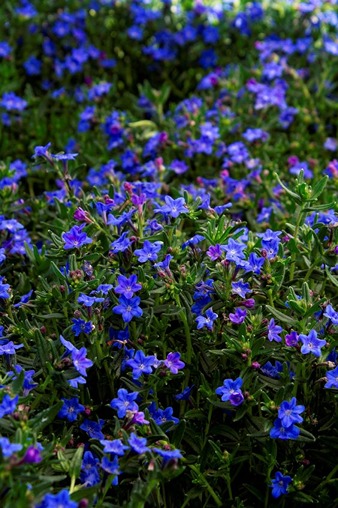
Pruning
When it comes to pruning Lithodora, it is important to consider a few factors. Over time, the plant may become straggly, and its stems or leaves can be susceptible to damage from cold winter temperatures. Similar to other evergreens, it is best to wait until early spring before pruning. During this time, remove any blackened leaves that could hinder new growth and potentially lead to disease.
Additionally, after the flowering period concludes in the mid to late summer, you can opt to cut back the plant to refresh its appearance and maintain the desired size. This involves removing any unwanted tall or leggy growth, promoting a more compact and neat form.
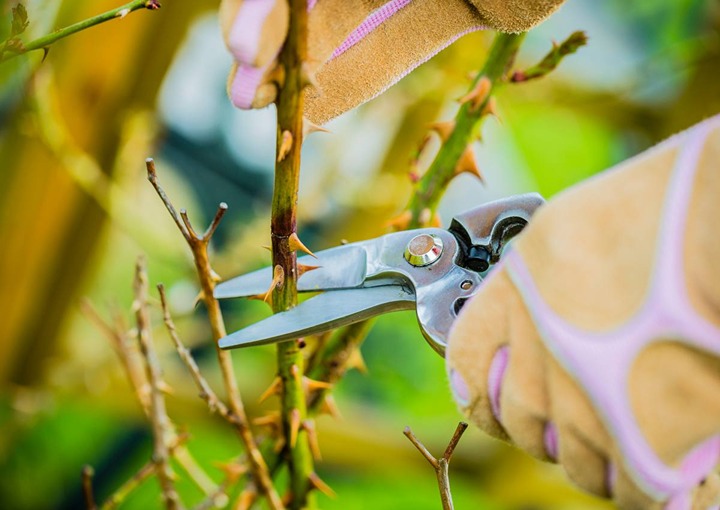
Propagating Lithodora
Unless the plant is protected by a patent that prohibits propagation, Lithodora can be propagated through division in either early spring or fall. Here’s how it can be done:
- Using a shovel, carefully lift the entire clump of Lithodora out of the ground.
- Utilize sharp pruners or a spade to divide the clump into two or more sections.
- Dig holes for each divided section, ensuring they are spacious enough to comfortably accommodate the divisions. Plant them at the same depth as the original plant.
- Thoroughly water the newly planted divisions and apply a layer of one to two inches of mulch around them. This helps retain moisture in the soil and reduces weed growth. Ensure the plants are well-watered until new growth becomes visible, typically within a few weeks.
Alternatively, Lithodora can also be propagated from cuttings of established plants in the mid- to late summer, just as the flowering period concludes.
Growing Lithodora from Seed
The primary method of propagating Lithodora is through vegetative means, typically carried out by commercial growers who sell the plants as transplants. As a result, seeds for Lithodora are not commonly available. Moreover, since many Lithodora varieties are cultivars, the seeds obtained from a Lithodora plant would not reliably produce offspring that resemble the parent plant. Therefore, it is not recommended to grow Lithodora from seed.
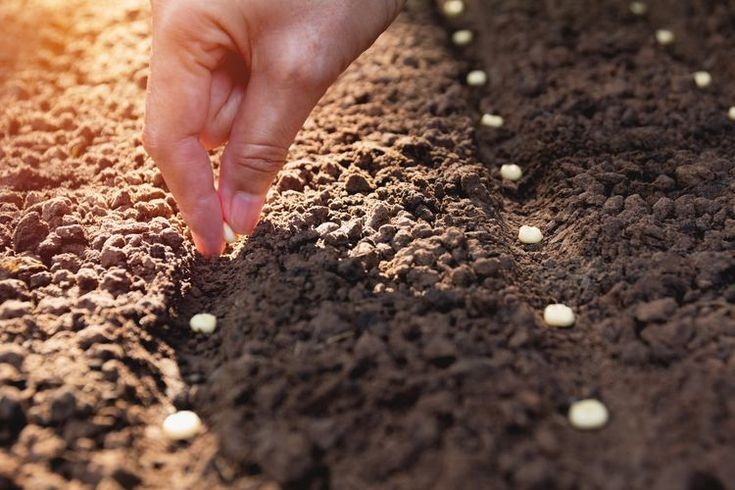
Potting and Repotting Lithodora
Lithodora can thrive when grown in containers, making it a suitable choice for container gardening. When selecting a pot, ensure it is spacious enough to accommodate the root system of the plant and has ample drainage holes, as Lithodora does not tolerate excessive moisture. Unglazed clay pots are particularly ideal as they allow excess moisture to evaporate.
Fill the chosen pot with a high-quality potting mix. Slowly and thoroughly water the soil until it becomes evenly moist. Similar to other container plants, potted Lithodora requires regular watering to maintain moist soil conditions.
When you notice roots growing out of the drainage holes or if the plant becomes root-bound, it is time to repot it into a larger container. Alternatively, you can divide the plant by separating a section of it and replanting it in a pot of the same size, using fresh potting soil. This repotting or division process is best done in the spring, before new growth begins.
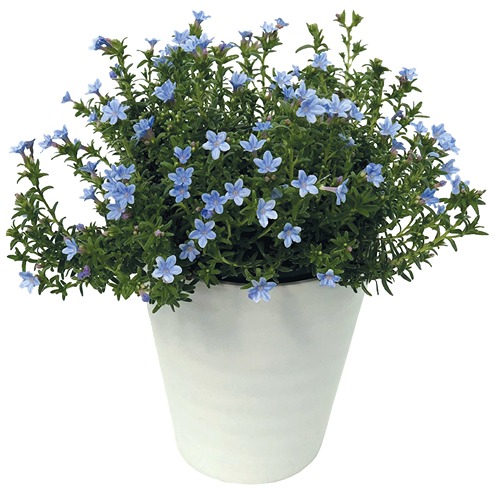
Overwintering
To protect Lithodora during winter in regions where temperatures fall within the lower range of its tolerance (such as USDA zone 6), it is advisable to apply a generous layer of mulch. This mulch acts as insulation, safeguarding the plant’s roots from the cold. Despite these precautions, it is possible for stems or leaves to sustain damage from the winter temperatures. However, with the arrival of spring, the plant should exhibit resilience and recover.
Common Pests and Plant Diseases
Typically, Lithodora does not encounter significant pest issues. However, if aphids, spider mites, or whiteflies appear on the plant, utilizing an insecticidal soap spray can effectively address the problem. Hot pepper wax can also be used as a solution for mites and whiteflies.
In the unfortunate event of a root-knot nematode infestation, affected plants may exhibit wilting or stunted growth. In such cases, it is recommended to remove and discard the infected plants. Additionally, reaching out to your local extension service for expert advice and guidance is beneficial in managing the situation effectively.
Bacterial leaf spot is characterized by small translucent spots with a broad yellowish edge as an initial sign. These spots gradually enlarge, forming a reddish center. This disease tends to thrive in cooler temperatures and, if present during the plant’s blooming period, it can cause disfigured flower heads. Should bacterial leaf spot occur, it is important to remove any infected plants promptly. To prevent future occurrences of leaf spot, it is advisable to avoid overhead watering and refrain from working around wet plants, as soil and debris can mingle with moisture and contribute to the spread of the disease.
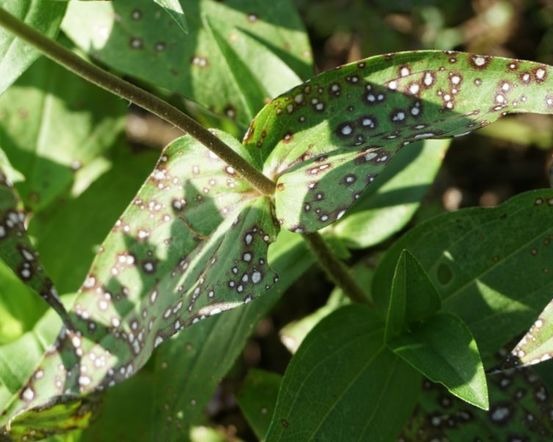
Encouraging Lithodora to Bloom
Lithodora’s blooming can be affected by hot and humid weather, often resulting in reduced or halted blooming. If factors such as insufficient sunlight or overwatering can be ruled out as the cause, it is possible that the plant has simply completed its blooming cycle for the current year. However, it is important to note that Lithodora is known to exhibit renewed blooming in the following spring.
